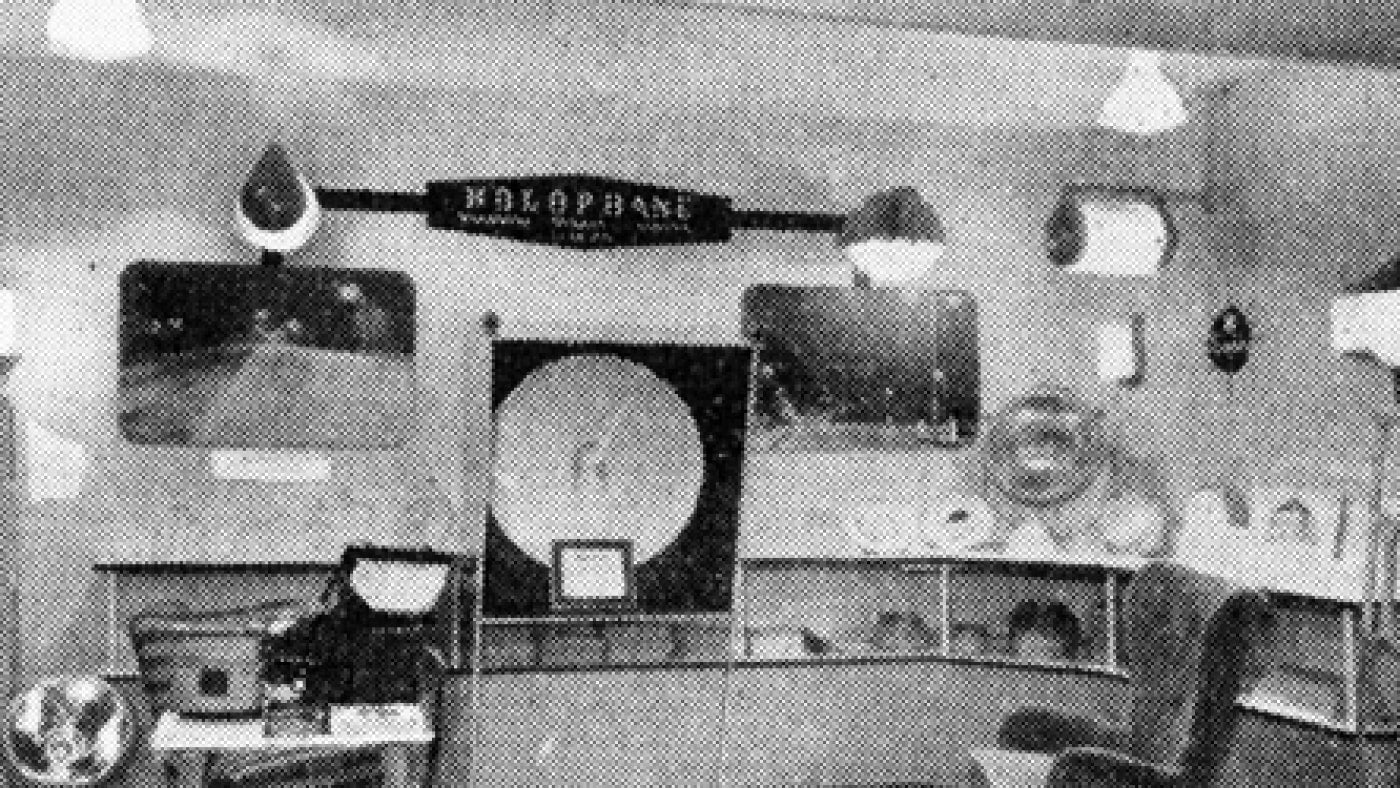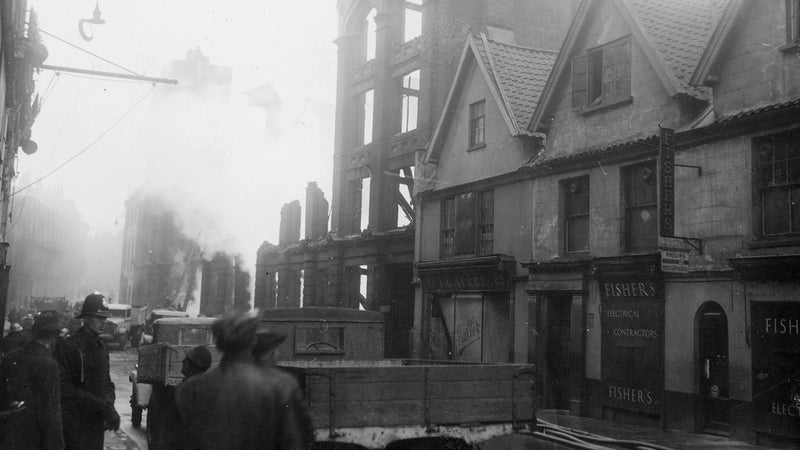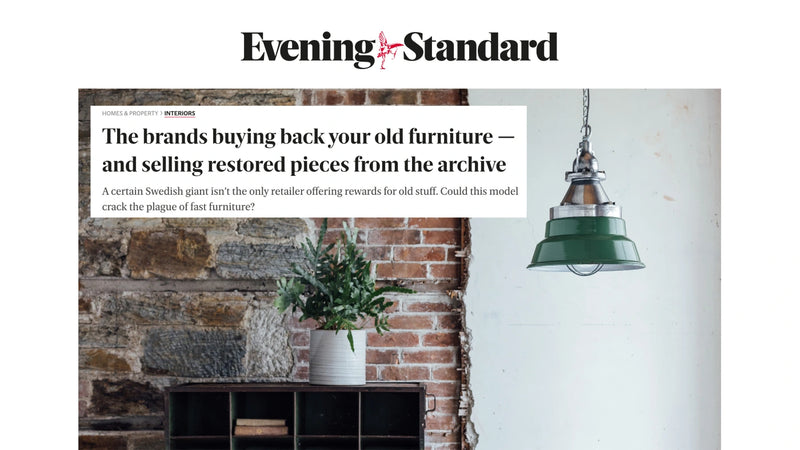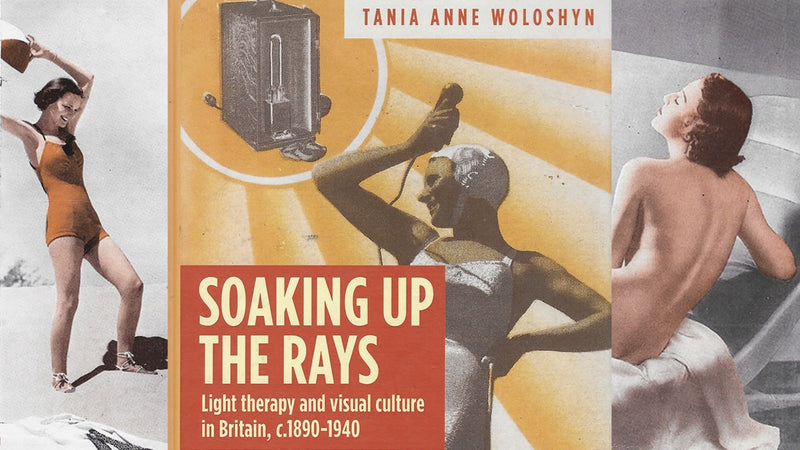
Holophane' a short History Of Prismatic Lighting

To meet the growing demand for efficient lighting UK company Holophane began to manufacture prismatic glass pretty much at the birth of electricity. Prismatic shades operate by breaking up and spreading the beam of light into a myriad of beams using prisms, making a lower voltage bulb a much more effective light source, perfect for the early days of electricity. As a result Holophane lights were frequently used in Curches, as street-lights and to illuminate factories with lights such as this Paint-works light from the 1950's (easy to spot the age due to the degraded aluminium, all the good stuff had been used in WW2)

A fascinating insight into Prismatic lighting. This short film from Holophane entitled The Legend Of The Prism gives a concise history of the famous lighting manufacturer from it's birth in the early 20th Century to the present day. You can even watch the glass being hand-blown as it used to be.
https://www.youtube.com/watch?v=ttLOiLcTpbY
Next time you take a stroll down a street, or find yourself in a railway station have a look up and see if you are lucky enough to spot a Holophane light. There are still some vintage ones in use today- although they are sadly quite rare due to vandalism and many have been replaced with plastic shades which simply do have the same quality of light.




You might also like
Art Deco lights: Standing the test of time
Art Deco pieces aren’t just unique for their aesthetic; our new Art Deco Collection features vintage lights with remarkable salvage stories from the little county of Norfolk, UK…
Lighting Historyskinflint Full Circle buy-back scheme makes the Evening Standard top 10
Drum roll please...our buy-back scheme Full Circle has been included in the Evening Standard’s 10 of the best interior buy-back and repair schemes alongside household names such as Ikea and John Lewis!
B CorpA history of heat lamps
From the Ancient Egyptians to modern-day uses - Dr. Tania Woloshyn traces the fascinating medical history of our heat lamps.
Lighting History






